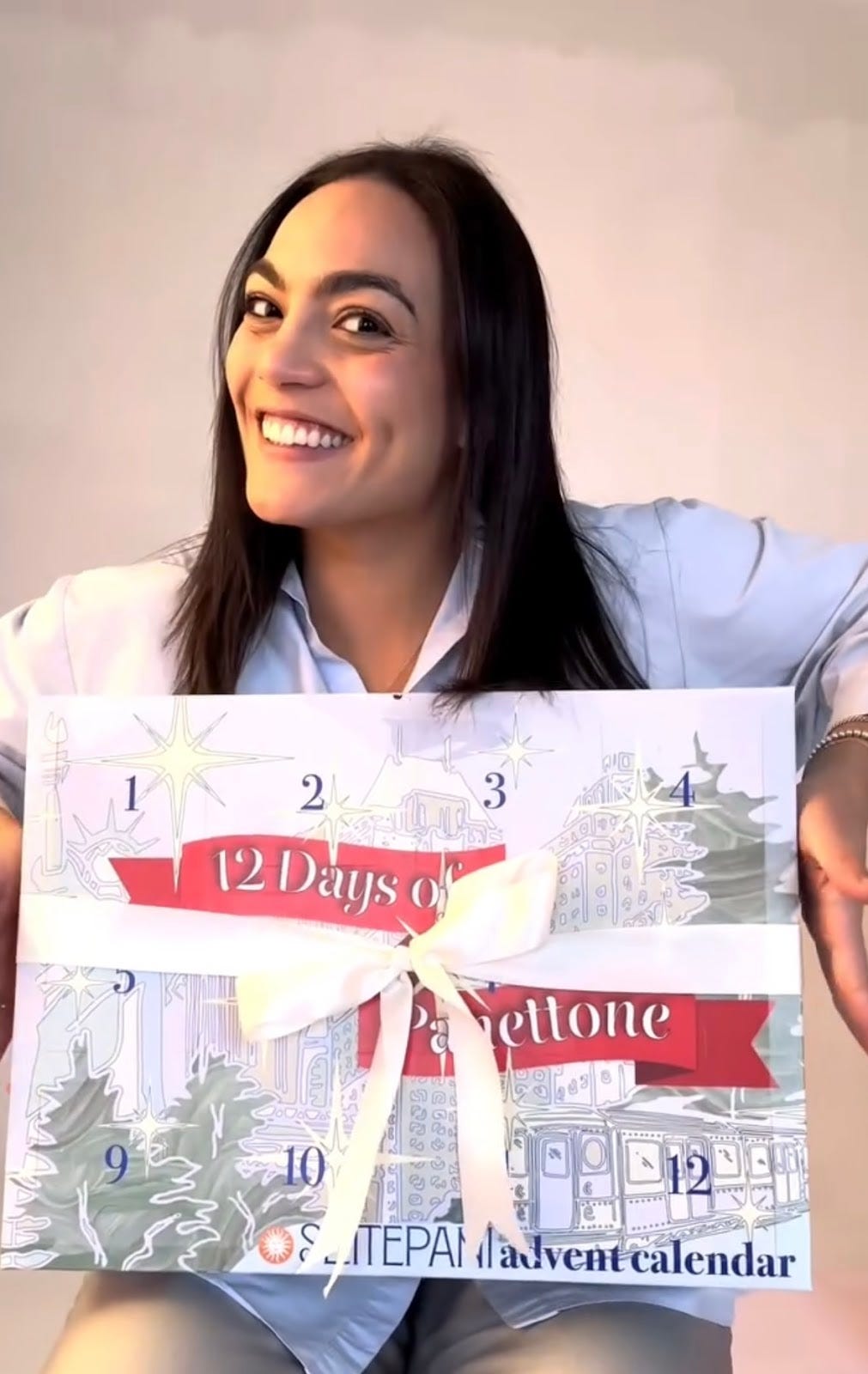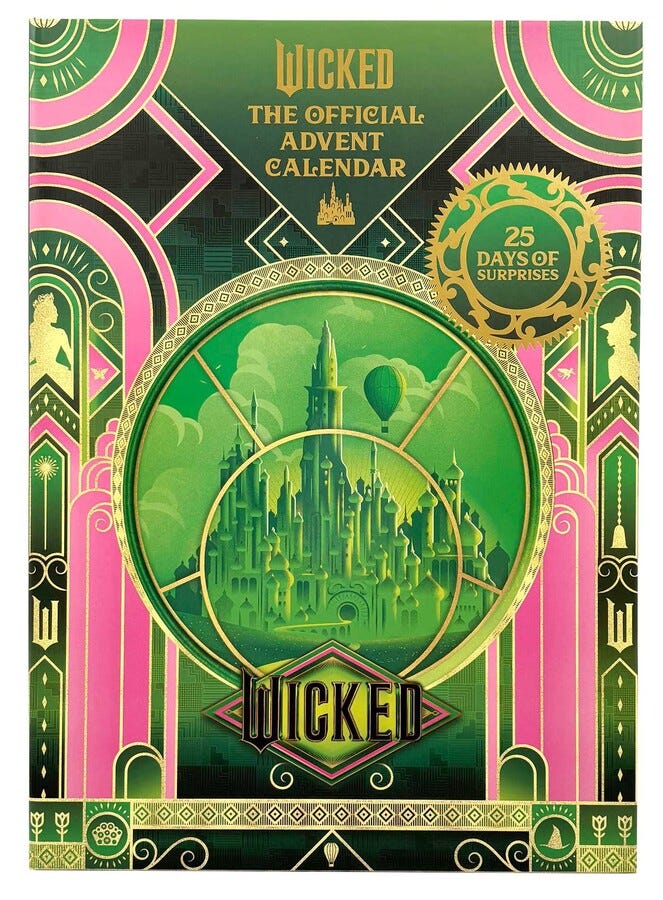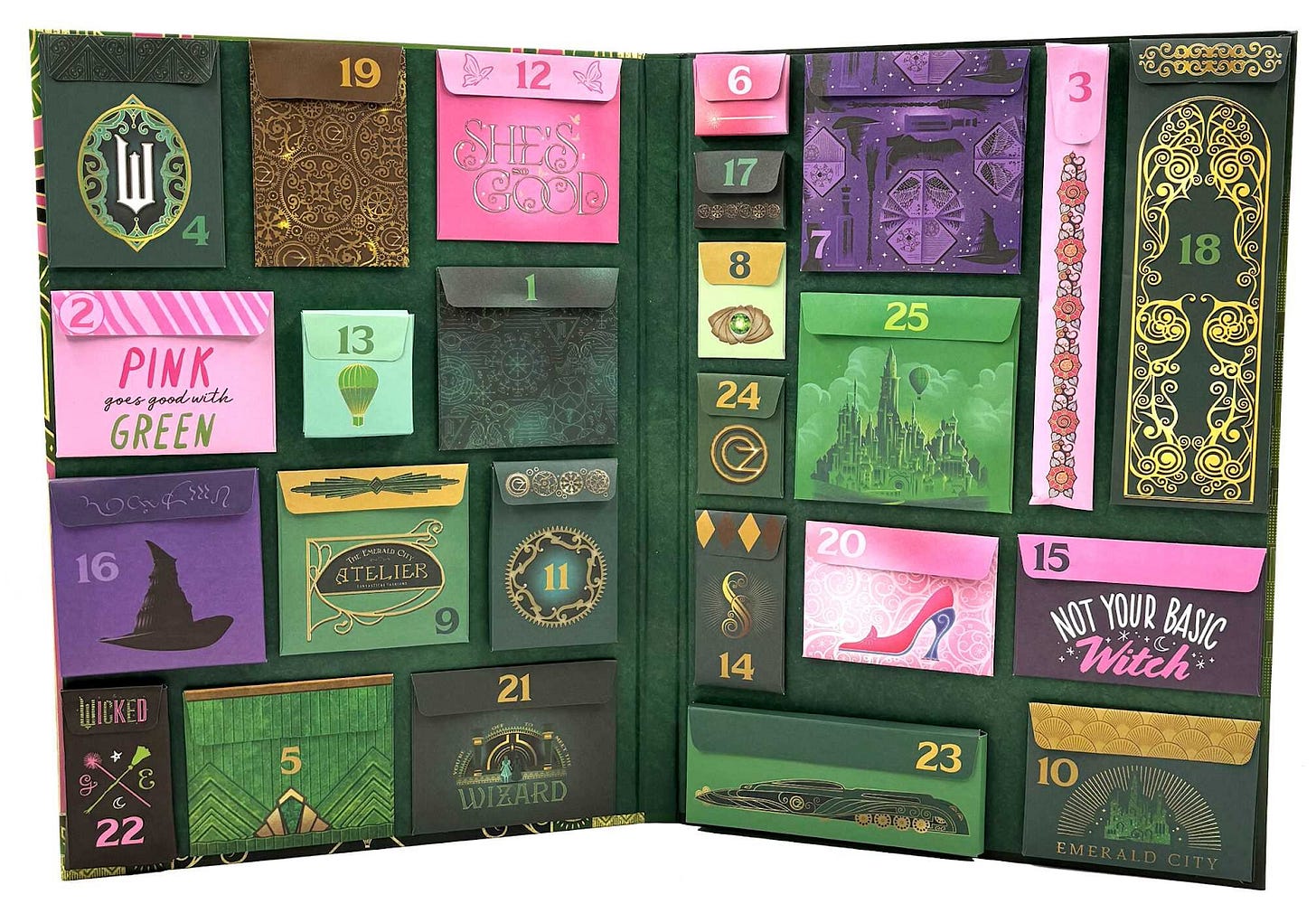Using Advent Calendars to Maximize Your Brand's Packaging for the Holidays
As we wrap up the fall season and enter the holidays, this opens a new door of possibilities for branded packaging. By capitalizing on the festive season and implementing it into your brand, this can simultaneously create lasting experiences for your customers while also encouraging them to invest in the brand’s products.
A popular packaging trend that we see having great success this holiday season: branded advent calendars.
According to Entrepreneur, the concept of an advent calendar dates all the way back to 19th-century Germany. Protestants would count down the days until Christmas by lighting candles or “placing straws in a Nativity crib.” This eventually evolved into the first wooden advent calendar in 1851, and it wasn’t until the 1950s where the traditional chocolate advent calendar we see today started being produced.
But over the years, with the rise of consumerism and the growing diversity of CPG concepts, brands have begun putting their own twist on the traditional advent calendar — filling them with makeup or skincare, clothing items and even baked goods. This is a smart strategy for CPG brands to embrace during the holiday season. By creating a festive, immersive experience, brands can slowly introduce customers to their quality products while also making it memorable for the consumer.
The holiday season is a time of year where people are surrounded by tangible, materialistic items. To ensure your brand stands out this holiday season, be sure to capitalize on creating an experience for your customer rather than simply selling them a product. By making the unboxing process a memorable experience, customers will be able to fully immerse themselves into your brand and its messaging. Whether it be engaging packaging or unique products, these subtle touches are effective in making lasting impressions.
Settepani’s “12 Days of Panettone” is a great example of an unconventional, unique advent calendar. Each day featuring a new panettone flavor, the packaging behind this advent calendar effectively engages consumers. Everything from the bow to the individual packaging of every product, this seasonal trend successfully created a memorable experience for Settepani customers.
The official Wicked advent calendar is another perfect example of an innovative, engaging advent calendar. With its “25 Days of Surprises,” this advent calendar features pieces of exclusive, collectible items inspired from the film. Whether it be patches or keychains, these merch items establish a sense of exclusivity for Wicked fans. Not only does this enhance the unboxing experience as it happens, but it also creates physical pieces the customer can remember the experience by.
Charlotte Tillburry’s “Beauty Treasure Chest of Love” is another example of a branded advent calendar that is unconventional, yet engaging. Its unique packaging disguises the product as a traditional gift box — but this advent calendar is anything but traditional. Their most popular products — everything from their setting spray to their Pillow Talk lip liner — can be found inside the subtle drawers on the front of the packaging. These quality products will serve to enhance the customer’s unboxing experience and allow these to carry this branded experience with them throughout the year. The packaging’s reusability is another unique feature of this advent calendar. By giving the packaging another purpose beyond its immediate use, this helps plant the seed for a loyal customer relationship with the brand.
The functionality of an advent calendar is unlike any other piece of packaging — it allows for customers to explore a brand’s products while also creating memorable experiences. At Denimrush Experience, we find great value in helping brands create a memorable experience that their customers will remember. If you are ready to start creating the experience of a lifetime for your customers, send us a message on Instagram to get started!







